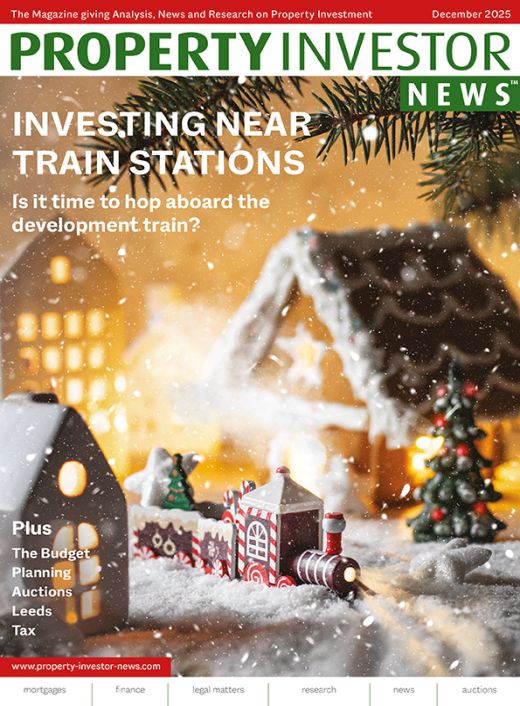A new (autumn 2019) report by Savills, entitled Disruption in development, looks at the financial, political and social changes that will shape demand for housing in the UK. However, one other key factor that is also disrupting residential development is technology.
Modern methods of construction (MMC)
About 10% of new build homes are delivered using MMC, equating to around 20,000 homes each year, and Savills estimates that capacity is currently in place to produce up to 27,000 homes a year.
Patrick Eve, head of regional development at Savills, says: “There have been repeated calls for the industry to diversify to meet housing demand. With government and private investment in modern methods of construction, housebuilding appears to be on the verge of a tech-driven revolution.”
There have been several initiatives to boost the adoption of MMC but the industry has remained largely resistant. According to Savills, one reason for this could be because traditional homes have primarily been built for sale to individual owner-occupiers or small-scale landlords. If that were to change towards a greater share of new homes being built for institutional owners, then the spotlight would switch to consistency of product, ease of management and fast delivery, as well as longer-term savings through energy efficiencies – things that MMC is well placed to deliver. It adds that increased regulation is also likely to focus on energy efficiency and a push for more sustainable construction techniques, which now has cross-party support.
The report states: “Full adoption and integration of digital technology into housebuilding, for example using Building Information Modelling (BIM), makes it possible to create a database that would store and track all data about the built environment. This will allow the full lifecycle costing and management of homes to be undertaken with much-increased accuracy – especially important for institutions and housing associations that will be owning, and managing, properties for the long term in relation to their returns and valuations. This is of huge value to investors in Build to Rent and housing associations, who are looking for greater consistency of product, more predictable operating costs, and ease of management.”
Are we on the cusp of a revolution in housing delivery?
Housing associations often have a limit on the proportion of their loan security that can be of non-traditional build. Currently, most banks have a cap of around 10% of stock being built using MMC. This isn’t yet a major barrier as so few MMC homes have been built: only 14% of housing associations build more than 25% of their new homes using MMC. But 50% expect to be doing so in five years’ time.




















